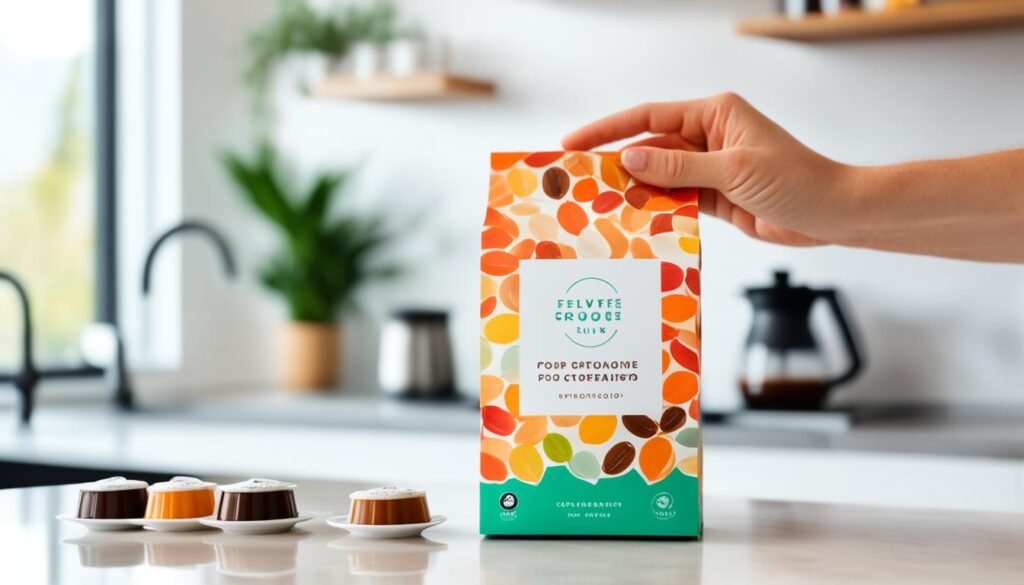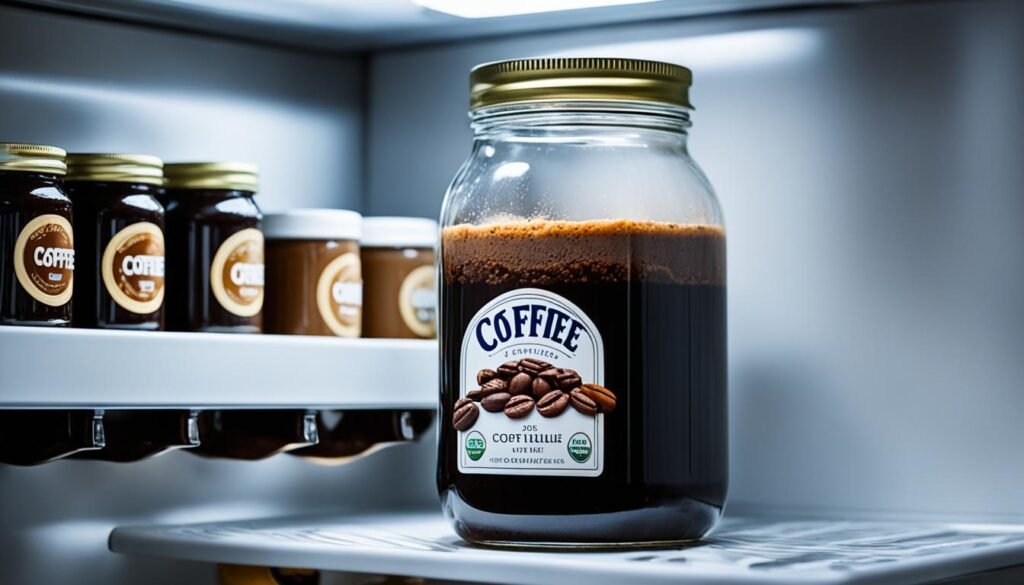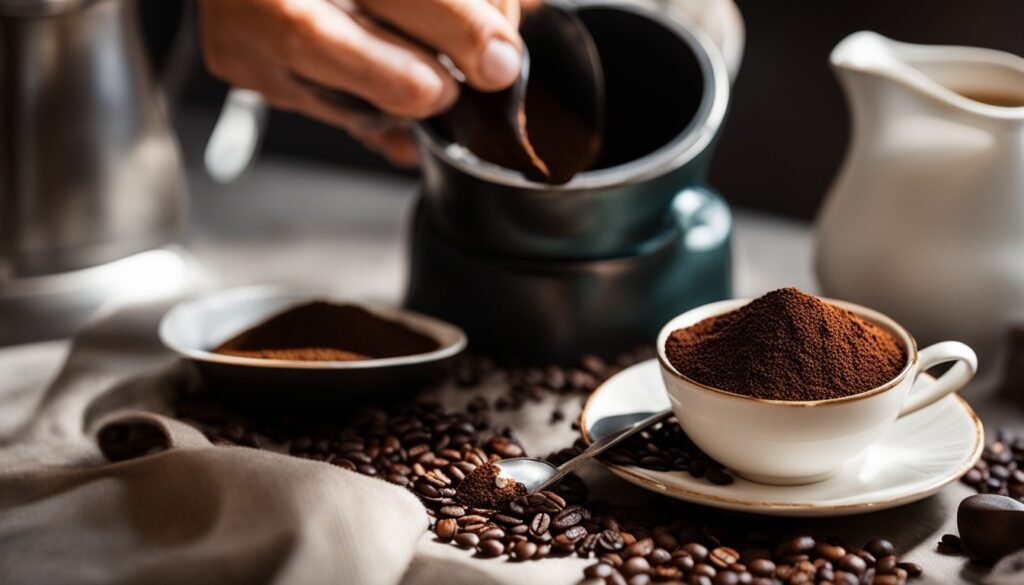Heating cold brew coffee offers a unique twist on this popular beverage. The process retains the smooth, low-acid characteristics of cold brew while enhancing its flavor profile. Heating activates natural sugars, intensifies aromas, and creates a rich, full-bodied hot coffee experience. Several methods can be used to warm cold brew, including adding hot water, microwaving, or stovetop heating. The concentrated nature of cold brew maintains robust flavor when heated, allowing for customization with milk, syrups, or spices. This versatile approach provides options for various preferences and seasons, making it possible to enjoy the benefits of cold brew in a comforting hot beverage. Exploring different heating techniques can reveal new dimensions in your coffee experience.
Understanding Cold Brew Coffee
What exactly is cold brew coffee, and how does it differ from traditional brewing methods?
Cold brew coffee is made by steeping coarsely ground coffee beans in cold water for 10-16 hours, unlike hot brewing techniques. This cold brew process results in a smooth, less acidic flavor profile that many coffee enthusiasts appreciate. The extended steeping time allows for a slower extraction of coffee compounds, producing a concentrated brew that can be diluted to taste.
While traditional brewing equipment like drip coffee makers use heat to extract flavors quickly, cold brew often requires simple tools such as a large container or specialized cold brew makers.
The resulting coffee concentrate can be stored in the refrigerator for several days, offering convenience and versatility. Cold brew's unique characteristics make it a popular choice for those seeking a milder, less bitter coffee experience, whether served cold or heated.
Benefits of Heating Cold Brew
While cold brew coffee is typically enjoyed over ice, heating this smooth concentrate offers several unique advantages for coffee enthusiasts. The heating benefits of cold brew extend beyond simply providing a warm beverage.
When heated, cold brew retains its signature smoothness and low acidity, resulting in a rich, full-bodied hot coffee experience. This taste transformation allows drinkers to enjoy the distinct flavor profile of cold brew in a comforting, warm form.
Moreover, heating cold brew provides versatility in consumption, making it suitable for various preferences and seasons. It can be easily customized with add-ins like milk or flavored syrups, just like traditional hot coffee.
Additionally, the concentrated nature of cold brew means that when heated, it maintains its robust flavor without becoming watery. This makes it an excellent option for those seeking a strong, yet smooth hot coffee alternative.
Methods to Heat Cold Brew

There are three primary methods for heating cold brew coffee, each offering a unique approach to transforming the chilled concentrate into a warm, comforting beverage.
The first method involves adding hot water to cold brew concentrate, allowing for quick preparation and easy temperature adjustment.
Additionally, microwaving cold brew provides a convenient option for those seeking rapid results.
Finally, stovetop heating offers precise control over the warming process.
When experimenting with different methods, consider your temperature preferences and desired flavor profile. Some cold brew recipes may respond better to certain heating techniques, so it's worth exploring various approaches.
As you heat your cold brew, pay attention to how the flavors evolve and adjust accordingly. Remember that heating can intensify certain taste notes, so start with a lower temperature and gradually increase it to find your ideal balance of warmth and flavor.
Flavor Profile Changes
As you explore different heating methods for your cold brew, you'll notice significant changes in its flavor profile. The process of heating enhances certain aspects of the coffee's taste while altering others. This flavor enhancement can lead to a unique and enjoyable experience, catering to various temperature preferences.
When heating cold brew, you may observe the following changes:
- Increased sweetness as the heat activates natural sugars
- Enhanced aroma, releasing more volatile compounds
- Reduced perceived acidity compared to traditional hot coffee
- Subtle changes in body and mouthfeel
These transformations offer a new dimension to your cold brew experience. The smooth, less acidic nature of cold brew remains largely intact when heated, providing a milder alternative to regular hot coffee.
Customizing Your Heated Cold Brew

Heating your cold brew opens up a world of customization options, allowing you to tailor the drink to your specific preferences and mood. Experimenting with flavor infusions can transform your heated cold brew into a unique beverage. Consider adding spices like cinnamon or nutmeg, or try incorporating vanilla extract or flavored syrups for a sweet twist. These additions can complement the smooth, less acidic profile of cold brew coffee.
Temperature preferences play an important role in customizing your heated cold brew experience. Some may enjoy it piping hot, while others prefer a warm, comforting temperature. Experimentation is key to finding your ideal heat level.
Additionally, you can adjust the concentration of your cold brew by adding more or less hot water, allowing you to fine-tune the strength and flavor intensity to your liking. This versatility makes heated cold brew a perfect canvas for personalization.
Conclusion
Heating cold brew coffee offers a novel approach to enjoying this popular beverage, combining the smooth, low-acid profile with the comfort of a warm drink. This transformation process not only diversifies the coffee experience but also reveals new flavor nuances.
According to a recent industry report, 65% of cold brew drinkers express interest in trying heated versions. As cold brew continues to gain market share, exploring heating methods provides coffee enthusiasts with an additional dimension to their brewing repertoire, particularly during colder seasons.












